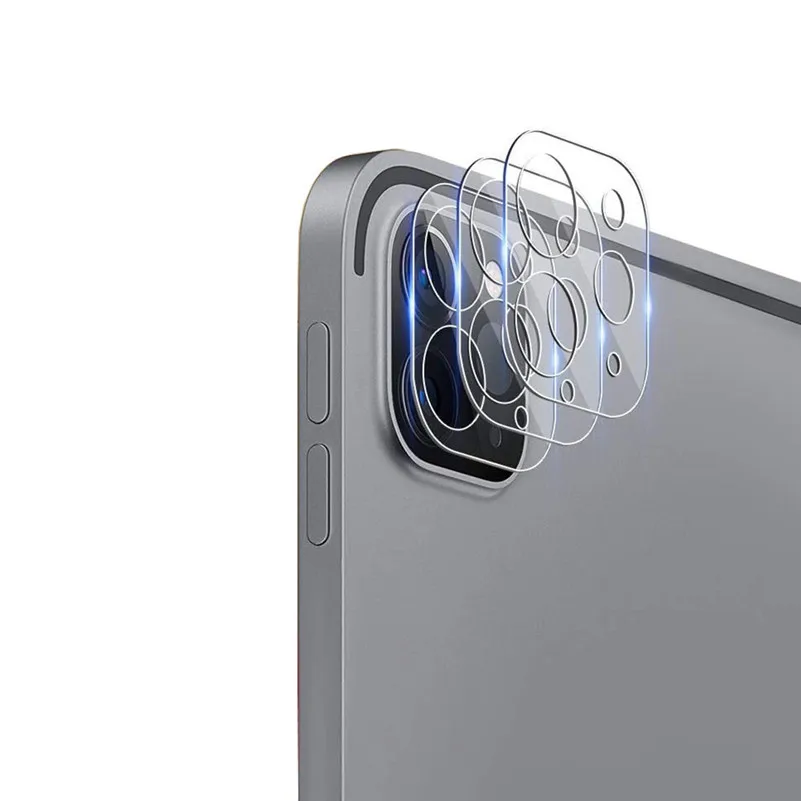


So we were like, OK, let’s make accurate bases, which will make the entire roster of players more accurate.”

“Because they’ve been built off the same base. “Admittedly, if you look close enough, all those different players kind of have some of the same traits, right?” Newell says. Until this year, Madden had used a single base model, or “silhouette,” that was then altered to represent bulkier or leaner archetypes. Newell tapped five Kansas City Chiefs of various heights and, er, widths to better represent the spectrum of NFL players’ bodies. The truck wasn’t just there to do mugshots. Madden NFL 23 preview: Gameplay tries to shed the canned tackles dragging it downīut the “Mobile Scan Truck” that EA Sports parked outside Kansas City’s Arrowhead Stadium last year, and during events like the NFL’s league meetings and scouting combine, speak to the persistence behind the effort led by Terrance Newell, Madden’s art director, and Juan Chavez, its characters director. But looking at the new space he has to work with, I can’t help but think he can more properly frame up a shot from a sideline camera now that he can literally move himself away away to that sideline, in virtual reality. Murray is correct that past Maddens have served up varied animations, after the whistle or the halftime gun, to keep its cinematics from becoming rote and predictable. The extra space means that “thousands” of new shots have already been filmed for Madden NFL 23 - 700 in the week before a late May studio tour, Murray says - adding to more than 12,000 filmed over the seven years this technology has been in use. The capture room, in fact, was completed just the day before our interview, Murray said. Today, he is working in a much larger and much newer motion capture studio at EA’s downtown Orlando studio, where EA Tiburon moved in 2019, shortly before the pandemic. The big difference? “My last room that I had to do this in, it was the size of this piece of carpet,” Murray says, gesturing at a rug marked with gridiron lines and an EA Sports logo, at best the size of a closet floor. Profile: After filming eight Super Bowls, ‘filming’ Madden is his next challenge Since then, Madden’s broadcasts have been able to film what is essentially the same sequence from a variety of camera angles - in a number of different styles, each one true to life - to inject some variety into the game’s presentation. Shortly after moving to Florida, Murray began implementing the VR filming system that Cameron had patented. Murray was brought aboard specifically to tune Madden’s in-game broadcasts to more closely resemble the kind of rich cinematography football fans have come to expect from the league’s biggest games and moments - and from the even more cinematic NFL Films. Murray joined EA Sports from NFL Films, the league’s Emmy-winning documentary arm, to begin work on 2014’s Madden NFL 25. “James Cameron patented a technology where he was able to take a small, wired kind of pad and walk around in his digital scenes in that movie, to get authentic-feeling shots, to frame the digital scenes in that movie.” “You may have heard of a very small film called Avatar,” Murray jokes. And as I move the camera, I’m filming in virtual reality, walking up close on Jalen Ramsey or Sebastian Joseph-Day and getting in their faces, just as if I had a photographer’s vest and field pass. But on that viewing screen are head coach Sean McVay and four or five Los Angeles Rams, coming off the field after the end of a game, rendered in Madden. The viewfinder is an iPad, so at least I’m not squinting. Metal tubes approximate the skeleton of one, and some dials at the front control things like focus and zoom, but it’s mostly open space attached to a rather chunky platform. “This is the same size, weight, and balance of a camera that I would be shooting if I was on a sideline again,” says Murray, Madden NFL 23’s creative director for presentation. Brian Murray, who in a former life lugged around 16mm cameras for NFL Films, lowers the rig onto my right shoulder.


 0 kommentar(er)
0 kommentar(er)
